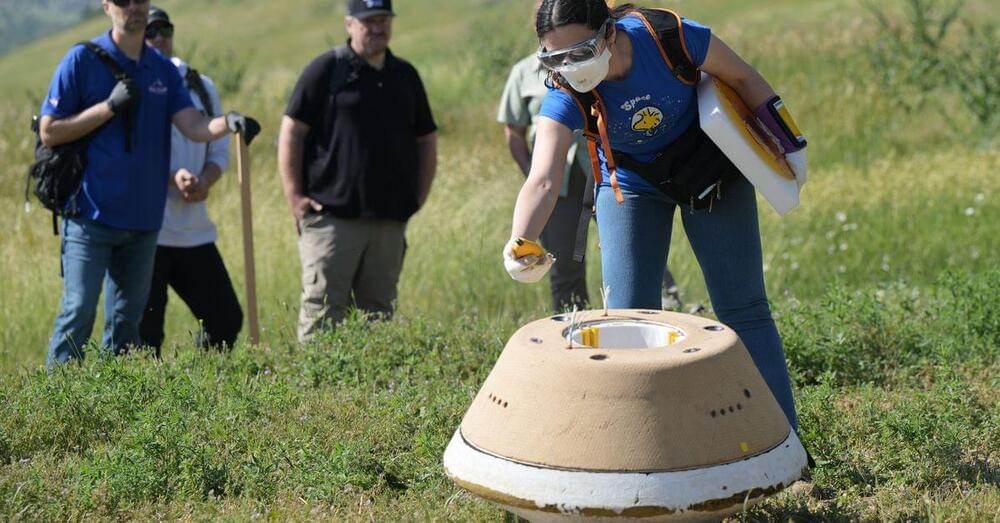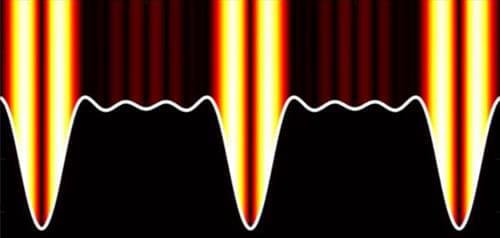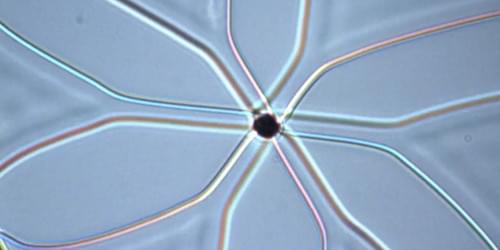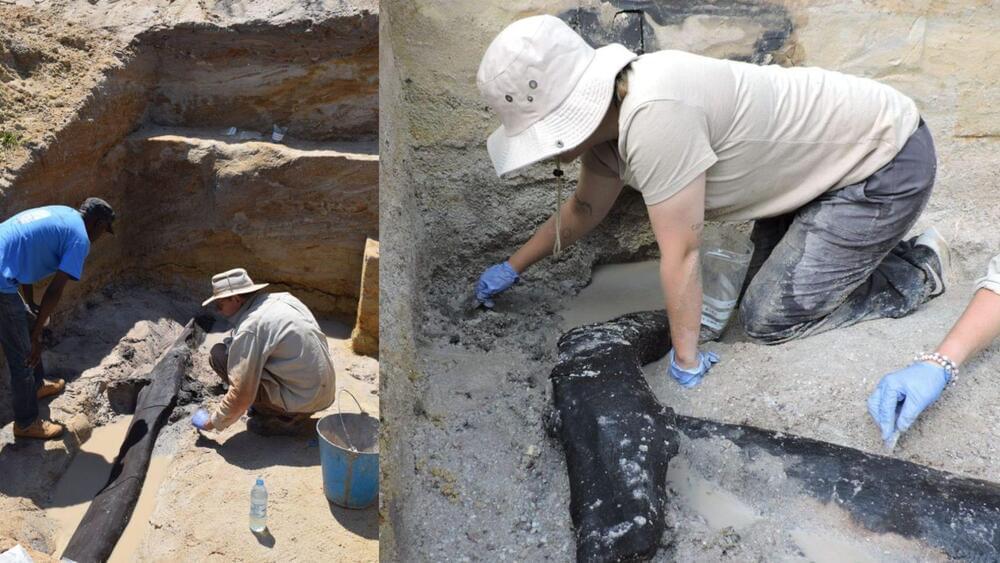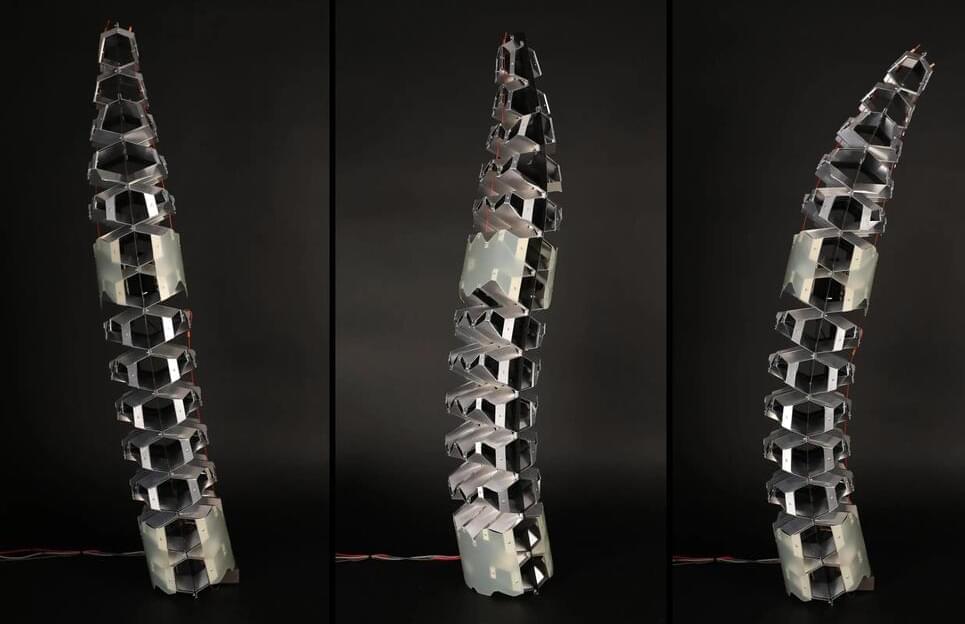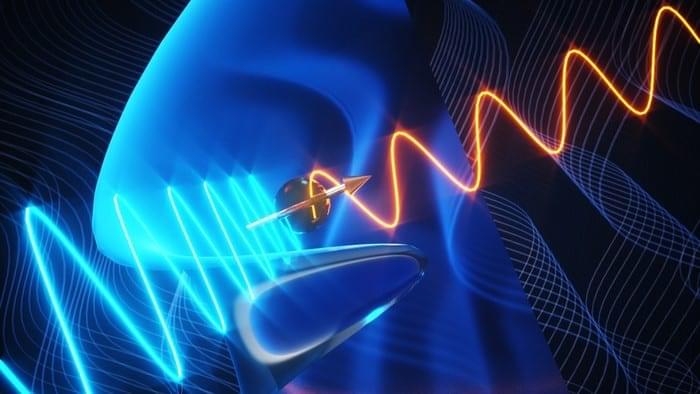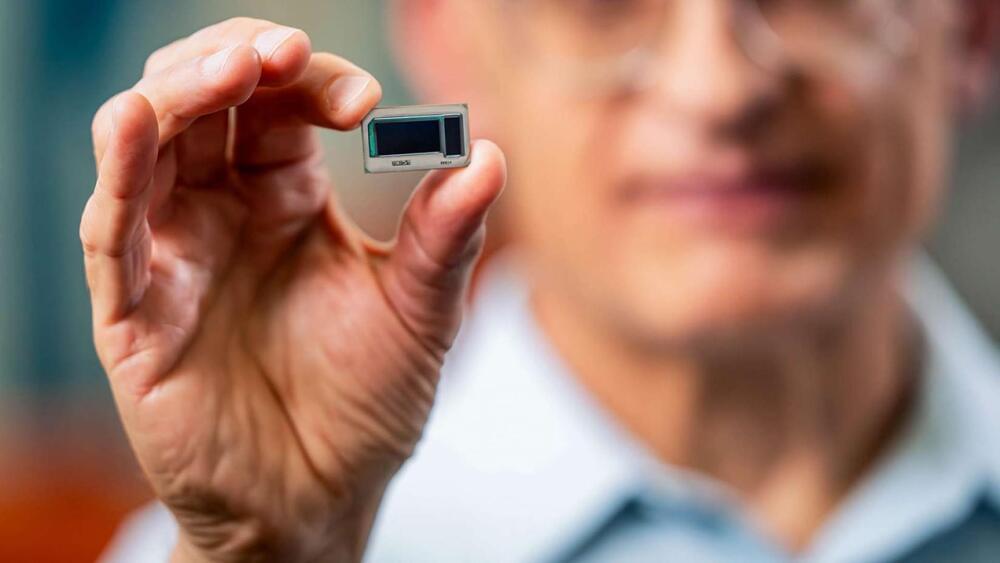Researchers unveil a revolutionary material, tungsten oxide hydrate, enabling dynamic windows that adapt to light and temperature, boosting energy efficiency.
Dynamic windows have long been the dream of architects and engineers, promising buildings that adapt to varying light and temperature conditions.
Now, researchers from NC State University have taken a giant leap forward in this field by unveiling a revolutionary material known as tungsten oxide hydrate. This innovation could pave the way for the next generation of dynamic windows, offering building occupants the ability to switch their windows between three distinct modes: transparency, infrared light blocking, and glare control, according to a university release.


